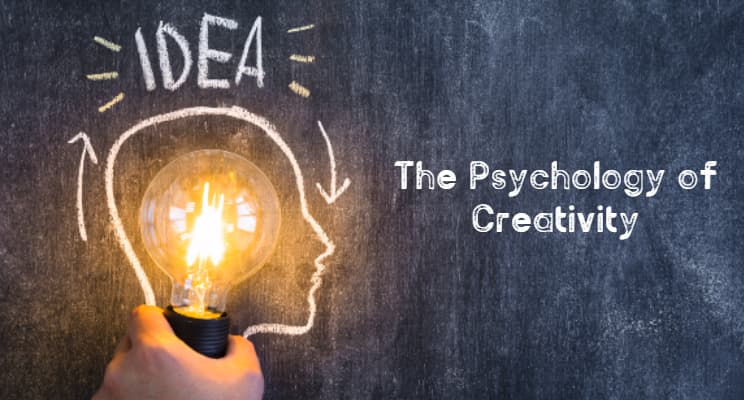Creativity has long ceased to be perceived as the domain of a select few. Modern psychology views creativity as a universal quality inherent to everyone to varying degrees. It does not arise from nowhere but from the interaction of cognitive, emotional, and even unconscious processes. That is why studying the relationship between psychology and creativity is becoming increasingly relevant — for artists, writers, and designers, as well as for professionals in any field where non-standard solutions are needed.
From a psychological standpoint, creativity is not limited to the creation of works of art. It is the ability to think originally, to transform reality through imagination and new ideas. Such processes are activated under specific conditions: intrinsic motivation, freedom of choice, flexible thinking, and self-confidence.
Psychological Theories of Creativity
Different psychological schools offer different explanations of the nature of creativity. For example, psychoanalysis connects creativity with unconscious impulses and repressed desires. According to Sigmund Freud, it is the internal conflict that gives rise to the artistic act as a way of self-expression and tension release.
Cognitive psychology, in contrast, focuses on thought processes: the ability to switch between different types of thinking — from logical to associative. Creative individuals are believed to combine opposites: they are both rational and open to unexpected associations.
Humanistic psychology, developed by Abraham Maslow and Carl Rogers, suggests that creativity is an expression of a person’s innate tendency toward self-actualization. In this approach, the environment plays a crucial role — it must provide a sense of safety and the freedom to be oneself.
Creative Potential and Internal Resources
Interestingly, many people underestimate their own creative abilities. This is due to cultural stereotypes and school systems, where “creativity” is often confined to drawing and music. In reality, creativity manifests itself in everyday situations — when a person finds a way to resolve conflict, plans an unusual trip, or solves a non-standard work-related task.
One of the most important psychological conditions for fostering creativity is trust in one’s thoughts. Inner censorship, the fear of making a mistake, or appearing ridiculous — these are the main enemies of creative thinking. Therefore, psychologists recommend cultivating an internal atmosphere of acceptance, allowing experimentation, and not fearing failure.
It is also essential to know how to “reboot”: rest, a change of scenery, meditation, or even just a walk can activate imagination and lead to new ideas. A relaxed brain works differently — it creates unexpected connections and solutions that might not arise in a tense state.
Emotions and Inspiration
Emotional state directly influences creative productivity. On the one hand, inspiration often comes during moments of joy, lightness, and inner uplift. On the other — studies show that complex emotions, including sadness, anxiety, or even depression, can serve as fuel for deep and meaningful works. The key is not the state itself, but the ability to recognize and express it.
Many creative people speak of a “flow” — a special psychological state in which a person is fully immersed in the process, loses track of time, and acts on intuition. This state was described by psychologist Mihaly Csikszentmihalyi. Flow occurs when a task is complex enough to be interesting but not so difficult as to cause fear.
Creativity in Life and at Work
In Hungary, as in other European countries, increasing attention is being paid to developing a creative approach not only in art but also in business, education, and technology. Companies encourage the generation of non-standard ideas and create environments conducive to the exchange of opinions and free expression. Schools are introducing programs focused on developing critical and creative thinking, improvisation skills, and adaptability.
This approach is not accidental — creativity is becoming a key skill of the 21st century. In a world of constant change and instability, the ability to find new paths, combine disparate knowledge, and see opportunities where others see only problems is crucial.
Conclusion: The Path to Creative Fulfillment
Psychology and creativity are two areas that cannot be separated. Understanding internal processes, working through fears and barriers, developing imagination, and trusting one’s ideas — all of these help not only artists or writers but anyone who wants to think freely and live more fully.
Creativity is not a gift reserved for the few — it is the result of an inner choice: to move toward the new, to take risks, and to remain open. And perhaps the most important step in this direction is to give yourself permission to be creative.
